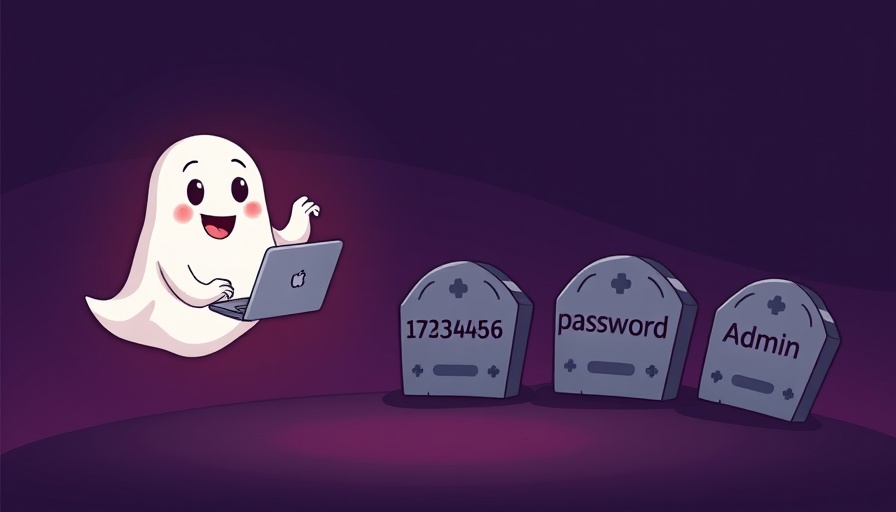
Why Password Security is More Important Now Than Ever
In today's digital landscape, compromised passwords are a significant threat to organizations and individuals alike. With cyberattacks increasingly relying on exploiting weak password practices, the consequences can be dire: data breaches, financial losses, and reputational damage. A recent report highlights that over 90% of data breaches involve compromised credentials — a staggering statistic that underscores the urgency for improved password management strategies.
Unmasking the Threat: A Live Exploration of Cybersecurity Nightmares
This Halloween season, The Hacker News and Specops Software will host a gripping live webinar titled "Cybersecurity Nightmares: Tales from the Password Graveyard." The session promises to delve into real-world password breaches and the chilling stories behind them, shedding light on why traditional password policies often fall short. Participants will learn firsthand how attackers exploit weak passwords and how businesses can preemptively defend against credential-based attacks.
Breaking Down Past Breaches: Lessons Learned
During the webinar, attendees will gain insight into historical breaches and the lessons that can be applied to modern cybersecurity practices. Failure to adapt and implement strong password policies can lead to catastrophic consequences, as seen in previous incidents where simple password vulnerabilities were exploited. It’s vital for IT leaders to understand the evolving landscape of cyber threats and to adopt a proactive approach to password security.
The Myth of Complexity: More Than Just Strong Passwords
One of the key takeaways will be addressing the myth that complexity alone is a shield against password breaches. While complex passwords are important, they are not foolproof. The webinar will share strategies for simplifying password policies while simultaneously enhancing security, ensuring that users remain productive without compromising their accounts.
Empowering IT Teams: A Three-Step Action Plan
Equipped with the insights from this session, IT leaders can implement a three-step action plan that not only mitigates password risks but also streamlines password management processes within their organizations. By leveraging tools that block compromised passwords in real-time and adopting user-friendly security practices, teams can significantly reduce the administrative burdens associated with password resets.
Take Action: Register for the Live Webinar
As we prepare for an onslaught of cybersecurity challenges, it is crucial for organizations to enhance their defenses against credential theft. Mark your calendar for this eye-opening session that will transform your approach to password security. Register today and take the first step towards securing your organization against these pervasive threats.



Write A Comment